WILDCAT CANTER
UNIVERSITY OF KENTUCKY AG EQUINE PROGRAMS NEWSLETTER

Congratulations to our Fall 2022 graduates! Read more about our newest crop of alums.
Congratulations to our students who were named to the Dean’s List!
Read student perspectives about Thoroughbred aftercare and helmet use, brought to you from two of our Equine Science and Management students.
JANUARY 2023 EDITION
HIGHLIGHTS
CONGRATULATIONS GRADS!
PAGE 7
Congratulations to our Fall 2022 graduates! Read more about our newest crop of alums.

CONGRATULATIONS TO OUR DEAN’S LIST STUDENTS!
PAGE 12
Congratulations to our students who were named to the Dean’s List!

PERSPECTIVES FROM OUR STUDENTS
PAGE 16
Read student perspectives about Thoroughbred aftercare and helmet use, brought to you from two of our Equine Science and Management students.

UPCOMING EVENTS AND IMPORTANT DEADLINES
March 13-18 - Spring Break
April 1 - UK Horsey Hustle 5K
April 18 - Spring ESMA Internship Showcase
April 26 - Last day of classes
Full event listings and details can be found here
WILDCAT CANTER JANUARY 2023 PAGE 2
One of the variables that makes our undergraduate Equine Science and Management major special is the availability of programmatic resources to support student-generated initiatives.
Under the descriptor of programmatic resources, I include money both gifted and raised, as well as the time and effort provided by faculty, staff, alumni and friends of Equine Programs. We are a supportive community brought together by our shared interest in (often passion for) horses and our general connection through UK.
A clear example in this regard is the Student Experience and Applied Education Fund, now in its second year. It was established to enable undergraduate ESMA students to gain horse experience through academic and recreational activities outside of individual courses. Supported activities are envisioned to be both enriching and fun. Enrichment applies to the students themselves, but also the university and broader community.

The fund’s budget more than doubled between years one and two, with the two largest contributions coming from proceeds raised through the inaugural Horsey Hussle 5K and a very generous gift from David and Ruth Waronker in honor of Hank the Horse.
Still, very difficult choices needed to be made because the number of applications and the amount of money requested in several of the submissions also increased substantially. Proposals are reviewed internally and by members of the Equine Programs Advisory Board who serve on the philanthropy committee. Four proposals were selected for funding, each of which will engage and enrich the UK experience of multiple ESMA students and others.
• Senior student Emily Brown submitted a proposal on behalf of the Saddle Seat Team to provide riding lessons to ESMA students, focusing on individuals with limited riding experience or exposure to Saddlebreds.
• The UK Equestrian Team, both the western and hunt seat divisions, received support to help with the costs incurred through hosting their respective intercollegiate horse shows.
• A proposal to revive the UK Horse Judging Team submitted by student Braden Heath was funded.
• Finally, Emily Brown was successful with a second application that received very positive reviews. She will provide leadership for an ESMA community-wide grand social event entitled the Horseshoe Ball, proceeds from which will benefit participating equine clubs and teams.
I celebrate the initiative, vision and commitment embodied in all of the applications. This is a rich environment in which to live, learn and work for anyone interested in horses and following a career path related to equine agriculture. It is indeed a signature industry in Kentucky and a leading program at UK. We should all feel fortunate to be a part of this community. I do.
WILDCAT CANTER JANUARY 2023 PAGE 3
WELCOME
JAMES MACLEOD, VMD, PHD
DIRECTOR, UK AG EQUINE PROGRAMS, JOHN S. AND ELIZABETH A. KNIGHT CHAIR, GLUCK EQUINE RESEARCH CENTER
MASTHEAD
WILDCAT CANTER EDITORIAL STAFF
Claudia Harding, contributing writer
Emily Pendergest, contributing writer
Brooklyn Shirah, contributing writer
Holly Wiemers, MA, APR, senior editor, contributing writer, layout
WILDCAT CANTER EDITORIAL BOARD
Alicia Benben, academic coordinator
Erin DesNoyers, operations coordinator
Camie Heleski, PhD, lecturer
Danielle Jostes, MA, equine philanthropy director
James MacLeod, VMD, PhD, director
Savannah Robin, EdD, internship coordinator
Jill Stowe, PhD, director of undergraduate studies
Kristen Wilson, MS, senior academic coordinator
N212 Ag Sciences Building North Lexington, KY 40546-0091
Office: (859) 257-2226
equine@uky.edu
www.uky.edu/equine

Graphic design: Sabrina Jacobs
Cover photo: Mark Pearson Photography
CONNECT WITH US ON SOCIAL MEDIA @UKEQUINEPROGRAMS

WILDCAT CANTER JANUARY 2023 PAGE 4
CLUBS AND TEAMS DIRECTORY
DRESSAGE TEAM
Advisor: Jill Stowe, jill.stowe@uky.edu
OfficialUKDressageTeam@gmail.com
Facebook: UK Dressage and Eventing
EQUESTRIAN TEAM
Advisor: Bob Coleman, rcoleman@uky.edu
HUNT SEAT TEAM
President: Grace Beighler, Uk.equestrianteam@gmail.com
Facebook: UKY Equestrian Team
WESTERN TEAM
President: Emily Carstens, Ukwesternequestrian@gmail.com
Facebook: UKY Western IHSA Team
EVENTING TEAM
Advisor: Jill Stowe, jill.stowe@uky.edu
President: Hannah Warner, warnerhannah12@gmail.com
Facebook: UK Dressage and Eventing
HORSE RACING CLUB
Advisor: Laurie Lawrence, llawrenc@uky.edu
President: Sarah English, Ukhorseracingclub@gmail.com
Facebook: UKY Horse Racing Club
POLO TEAM
Advisor: Roger Brown, rogerbrown@uky.edu
President: Federico Puyana, Fpu223@uky.edu
Facebook: U of Kentucky Polo
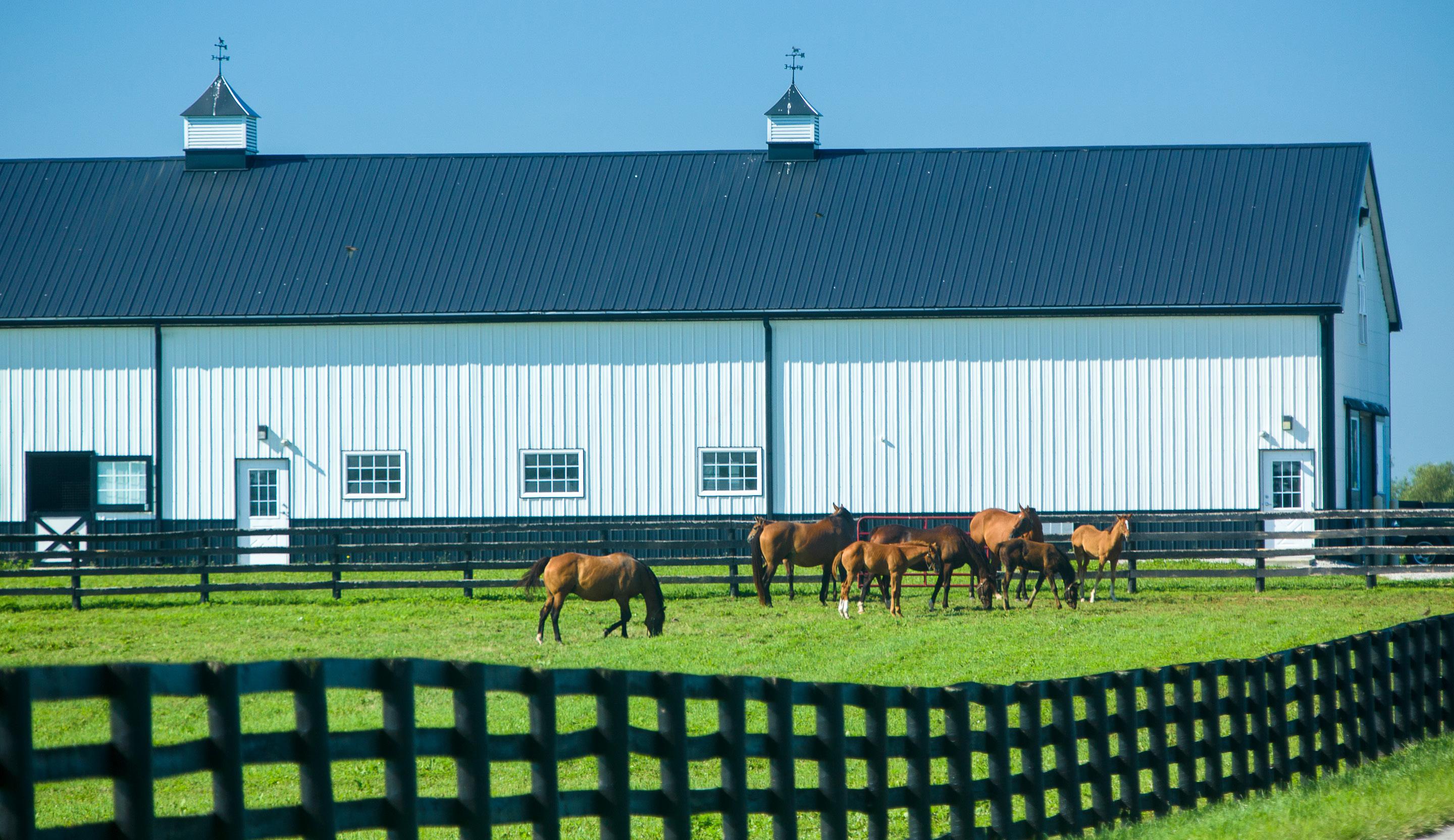
RODEO TEAM
Advisor: Maggie Maynard, maggie.maynard@uky.edu
President: Elaina Drummond, ukrodeoteam@gmail.com
Facebook: UKY Rodeo Team
SADDLE SEAT TEAM
Advisor: Mary Rossano, mary.rossano@uky.edu
President: Emily Brown, uksaddleseatteam@gmail.com
Facebook: UKY Saddleseat Team
WILDCAT CANTER JANUARY 2023 PAGE 5
LYON, FRANCE
Kelly Dickson
Valentine Comoglio
Completed internships with Rood & Riddle and Three Chimneys Farm
What is your favorite memory from your undergraduate career?
Volunteering and interning throughout Lexington to expand my knowledge, network and experience by connecting with our community.
What are your plans for after graduation?
I will be starting 2023 as a flying horse groom for The Dutta Corporation. I will be located in Wellington, FL, and I plan on getting certified in equine laser and massage therapy.

What words of wisdom do you have for students coming into the program?
If you continue to wait for the “right time,” you will waste your entire life and nothing will happen.
Completed an internship with Mills Stables in stable management
What is your favorite memory from your undergraduate career?
Becoming a member of 4 Paws for Ability and having the opportunity to bring my service-dog-in-training, Marlin, all around campus with me!
What are your plans for after graduation?
I will be working at Cobra Fields as the barn manager of hunter/jumper show stables.
What words of wisdom do you have for students coming into the program?
Branch out into different disciplines or sub-industries within the equine community. Keep an open mind and a positive attitude and you will be surprised by all that you can achieve.”

Adrianna Dimaio

ATLANTA, GA
Completed an internship with Barn 12, LLC, as a stable hand and groom
What is your favorite memory from your undergraduate career?
My favoritie memories include those from my senior year - football games, spring break to Nashville, visits from family and making new friends.
What are your plans for after graduation?
My plans include working alongside my father while discovering more of my interests. Also, a trip to the Bahamas!
What words of wisdom do you have for students coming into the program?
MONTAGUE, MA
Never give up! the result is worth it.
CONGRATULATIONS FALL CLASS OF 2022
PEACHTREE CITY, GA
Emily Elkin
Completed an internship with River Mountain Farm in barn management
What is your favorite memory from your undergraduate career?
Participating in the Dance Blue marathon my freshman year!
What are your plans for after graduation?
I will be working as a riding instructor and assistant barn manager at Grenoble Stables in Ohio.
What words of wisdom do you have for students coming into the program?
Allow yourself to make mistakes, it is all part of the learning process!
Madelyne Hagmayer
Completed an internship with Hagyard Equine Medical Institute as a medicine veterinary assistant
What is your favorite memory from your undergraduate career?
I will always cherish the small moments shared with both friends and horses that made Kentucky my home.
What are your plans for after graduation?
Starting January until July 2023, I will be continuing to work at Hagyard Equine Medical Institute as an ambulatory veterinarian assistant. In August, I hope to move out West to work with bovine medicine and finish my application to vet school.


What words of wisdom do you have for students coming into the program?
Nothing that is meant for you will pass you. Work on your growth, live life and see what comes from it.
Lauren Irwin
OCONOMOWOC, WI
Completed an internship with UK Forage Extension in pasture evaluation
What is your favorite memory from your undergraduate career?
Traveling around the state and learning about the different cultures and traditions in the area.
What are your plans for after graduation?

I’ll be attending grad school at the University of Deleware in the plant and soil science program.
What words of wisdom do you have for students coming into the program?
HAMPSTEAD , MD
Go beyond your comfort zone and experience different fields to find out what you truly have a passion for.
WILDCAT CANTER JANUARY 2023 PAGE 7
FALL
CONGRATULATIONS
CLASS OF 2022
CANTON, GA
Olivia Irwin
Completed an internship with UK Mane Chance Farm as a live-in foaling intern


What is your favorite memory from your undergraduate career?
Helping to foal out close to 30 mares and seeing the babies thrive.
What are your plans for after graduation?
I am working at a small animal vet hospital with the intent of becoming a registered veterinary technician, specializing in sonography for large and small animals.
What words of wisdom do you have for students coming into the program?
College goes by fast. Take time to enjoy it!
Nicholas Kromer
Completed an internship with Rood & Riddle as an ambulatory tech
What is your favorite memory from your undergraduate career?
My favorite memories from my undergraduate career have been my internships.
What are your plans for after graduation?
I plan on going to veterinary school and working at vet clinics near home for the next six months.
What words of wisdom do you have for students coming into the program?
Go after opportunities as much as you possibly can without impacting your grades.
Colette Leber
CARY, NC
Completed an internship with Augustin Stable as an assistant/exercise rider
What is your favorite memory from your undergraduate career?
Being a part of the Eventing team was a highlight of my time as an undergradate. I was able to meet so many people who enjoy the sport and competing as much as I do. Being able to represent UK at events was so much fun!
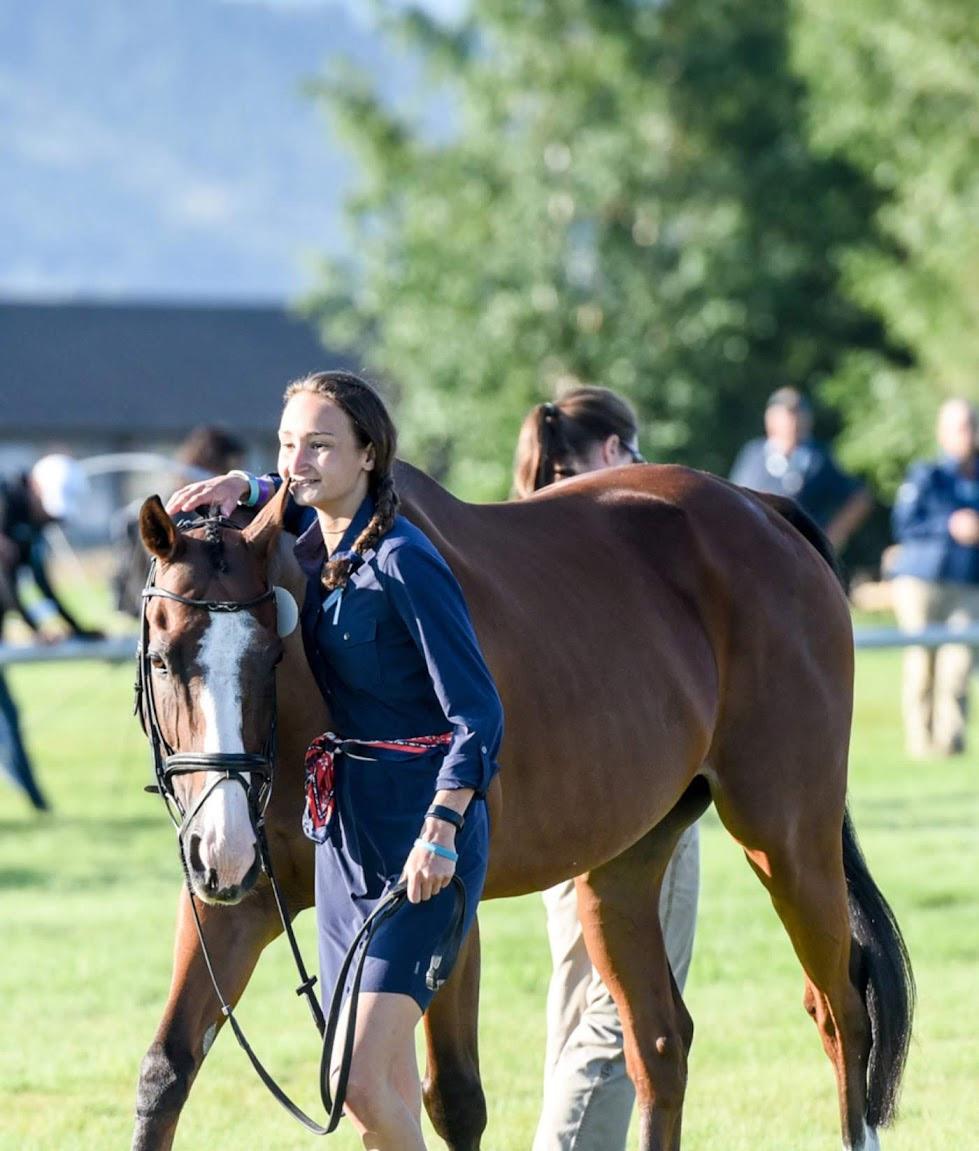
What are your plans for after graduation?
I am going to Aiken, SC, to work for 5* event rider Ryan Wood.
What words of wisdom do you have for students coming into the program?
PINEHURST, NC
Take advantage of every opportunity the program offers! Attend the career fairs, go to showcases, join a club or team!
WILDCAT CANTER JANUARY 2023 PAGE 8
CONGRATULATIONS FALL CLASS OF 2022
LOUISVILLE, KY
Cameryn Oswald
Completed an internship with Diamond Creek Farm as a foaling intern


What is your favorite memory from your undergraduate career?
Pulling out my first foal and then the second one in the same night.
What are your plans for after graduation?
I plan to continue working at Diamond Creek Farm and work on expanding my small art studio business of sculpting and painting the equine form.
What words of wisdom do you have for students coming into the program?
Classes may seem dificult, but if you take it week by week or day by day, it can be a lot easier to manage and overcome the workload.
Cailin Schaefer
Completed an internship with Eurasia Inc. in barn management
What is your favorite memory from your undergraduate career?
I am most fond of the friendships I’ve made.
What are your plans for after graduation?
Miranda Slingerland

FRANKLIN, TN
Participated in Ireland study abroad experience for academic enrichment
What is your favorite memory from your undergraduate career?
Being a part of the Sigma Alpha Sorority.
What are your plans for after graduation?
I will be working at Hagyard Equine Medical Institute and applying to vet school.
What words of wisdom do you have for students coming into the program?
ALACHUA, FL
Enjoy your time in college while it lasts.
WILDCAT CANTER JANUARY 2023 PAGE 9
FALL
CONGRATULATIONS
CLASS OF 2022
I am moving to Florida to work for Eurasia Inc. as a barn manager and rider.
KOKOMO, IN
Gillian Stover

Mackenzie Smith
Completed a research internship at the Gluck Center

What is your favorite memory from your undergraduate career?
I really enjoyed my classes that included on-farm labs. I enjoyed working with the horses in the equine labs, touring the area fars and playing with baby animals of all different species.
What are your plans for after graduation?
I am applying to the Veterinary Science department here at UK and am hopeful that I will be accepted and can continue to be a part of the amazing College of Ag and Equine Programs family.”

What words of wisdom do you have for students coming into the program?
Never limit yourself. You may come in with a set plan, but honestly some of the greatest experiences I have had were opportunities that didnt fit into my initial plan.
Completed an internship with McPeek Racing
What is your favorite memory from your undergraduate career?
Welcome Back BBQ - always was great fun with other students and faculty!
What are your plans for after graduation?
I will continue to work at McPeek Racing after graduation.
What words of wisdom do you have for students coming into the program?
College comes to an end very quickly. Enjoy your time with your friends and the great opportunities at UK.
Ann Walcott
RICHMOND, KY
What is your favorite memory from your undergraduate career?
Being a part of Sigma Alpha Sorority and the IHSA Western Team.
What are your plans for after graduation?
Hopefully I will be going home and working in equine or nutrition sales.
What words of wisdom do you have for students coming into the program?
VERMILION, OH
There will be some hard times during college, but there are also so many other fun times that you’re going to have.
WILDCAT CANTER JANUARY 2023 PAGE 10
FALL CLASS OF 2022
CONGRATULATIONS
FRANKLIN, TN
Claire Wilson
Mia Williams
Completed an internship with Avalon at Cherry Knoll Farm in farm management
What is your favorite memory from your undergraduate career?
I think my favorite memory from my undergraduate career is getting to meet so many people in this industry and make connections that will last a lifetime.
What are your plans for after graduation?
To head back home to Tennessee and work at my trainer’s farm as an assisant and find some other part time jobs at farms in my area. I also plan on working with my mom part-time with her team of financial advisors.
What words of wisdom do you have for students coming into the program?
Make sure to keep trucking on through and you will get it done! it may seem hard and stressful to you now, but its only for a brief period of your life, so make the most of it with the people you care about.
Completed the KEMI internship program at Three Chimneys Farm
What is your favorite memory from your undergraduate career?
My favorite memory is getting to watch a horse that I helped raise through the university’s Thoroughbred breeding program compete in the Breeders Cup.

What are your plans for after graduation?
I will be staying in Lexington for a while and working for the Paulick Report.
What words of wisdom do you have for students coming into the program?
Be open to all the different professional opportunities here in Lexington even if you don’t think that it pertains to what you want to pursue as a career.

Dian Yu
SHANGHAI, CHINA
CHATTANOOGA, TN
Completed an internship with Bally High Show Stables as a rider
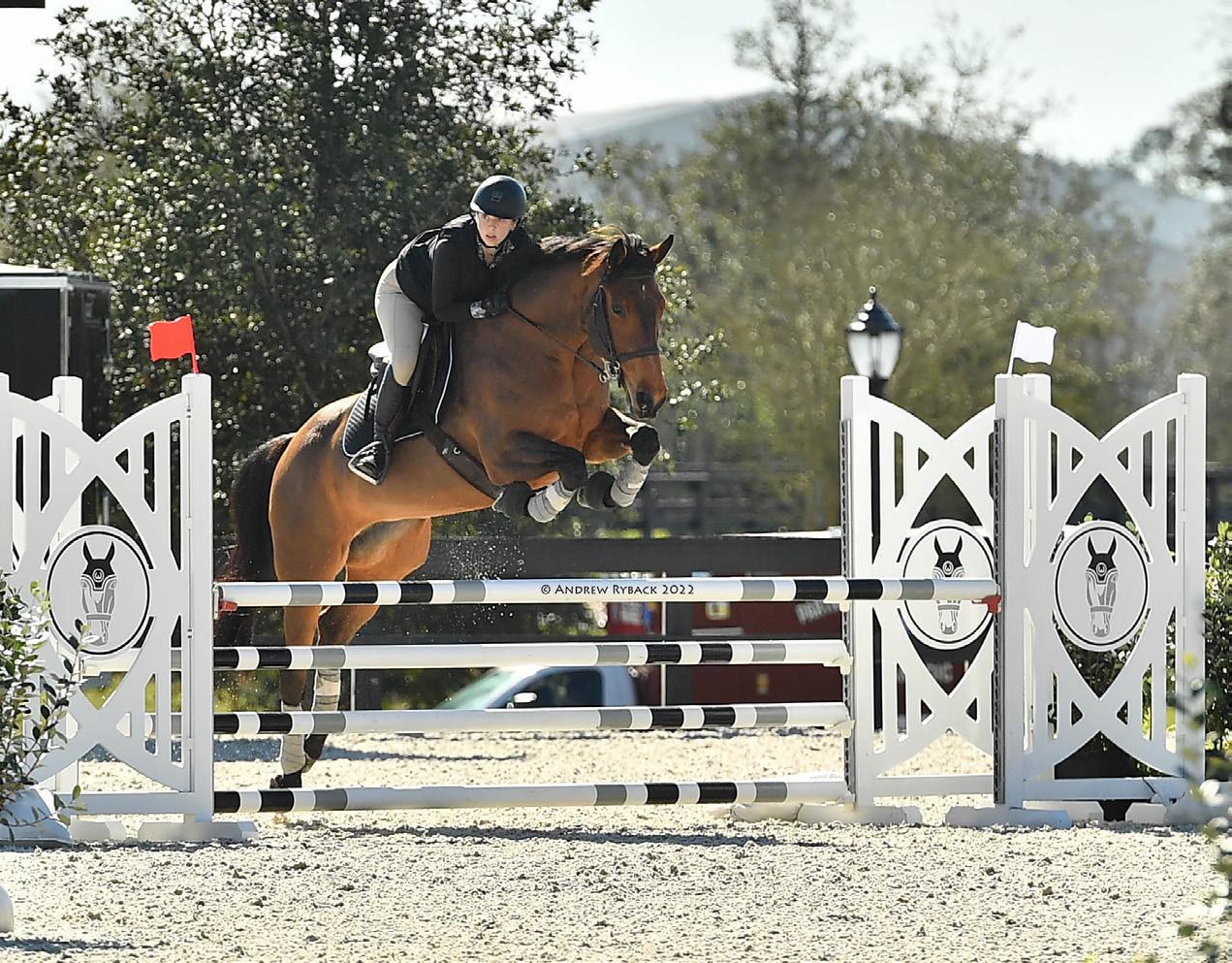
What is your favorite memory from your undergraduate career?
UK Dressage Team 2018. We did win a few times! Best girls and best coach.
What are your plans for after graduation?
I hope to be a vet tech at Rood & Riddle or Hagyard Equine Medical Institute, while also applying to grad school.
What words of wisdom do you have for students coming into the program?
Stay ahead of the game! You need to give effort if you want to be good.
WILDCAT CANTER JANUARY 2023 PAGE 11
FALL CLASS OF 2022
CONGRATULATIONS

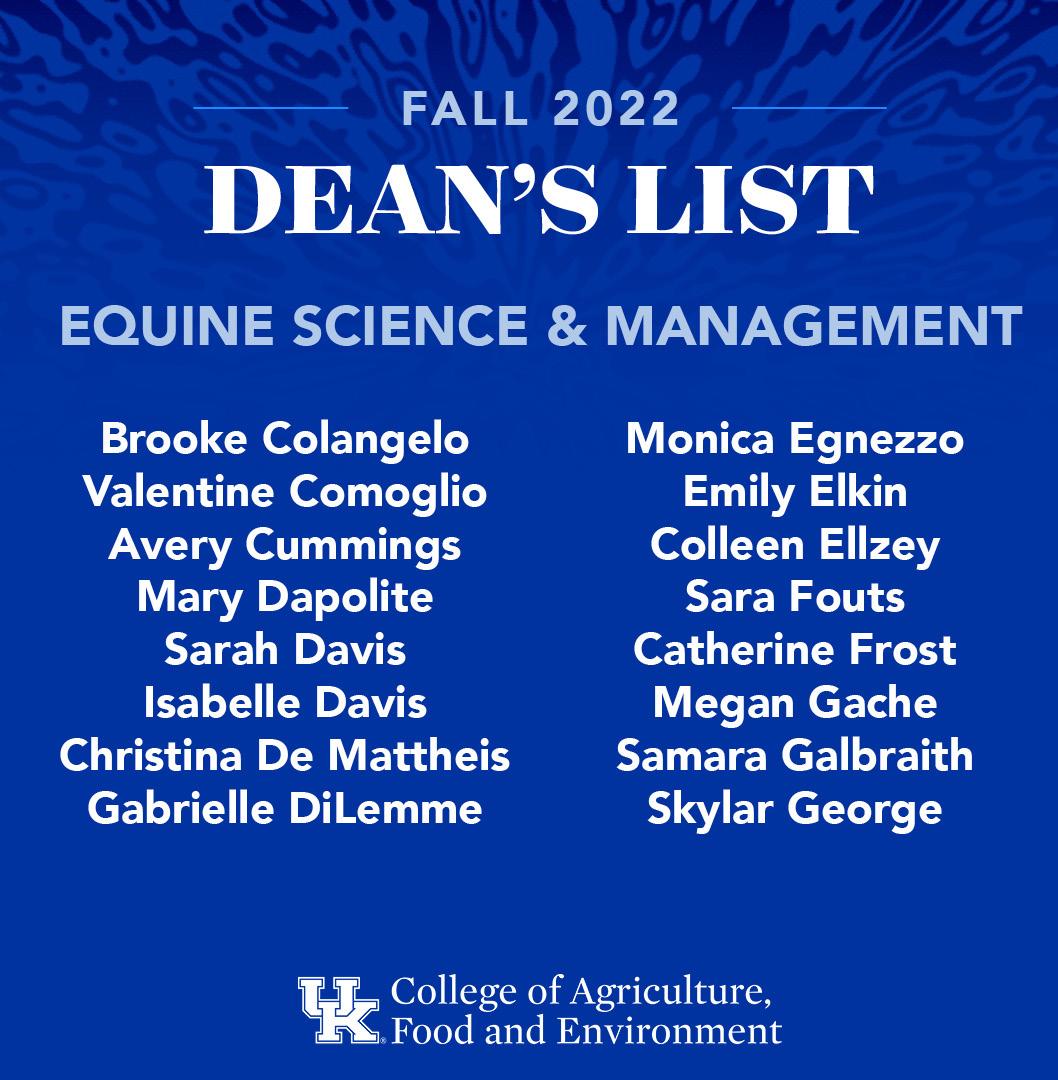
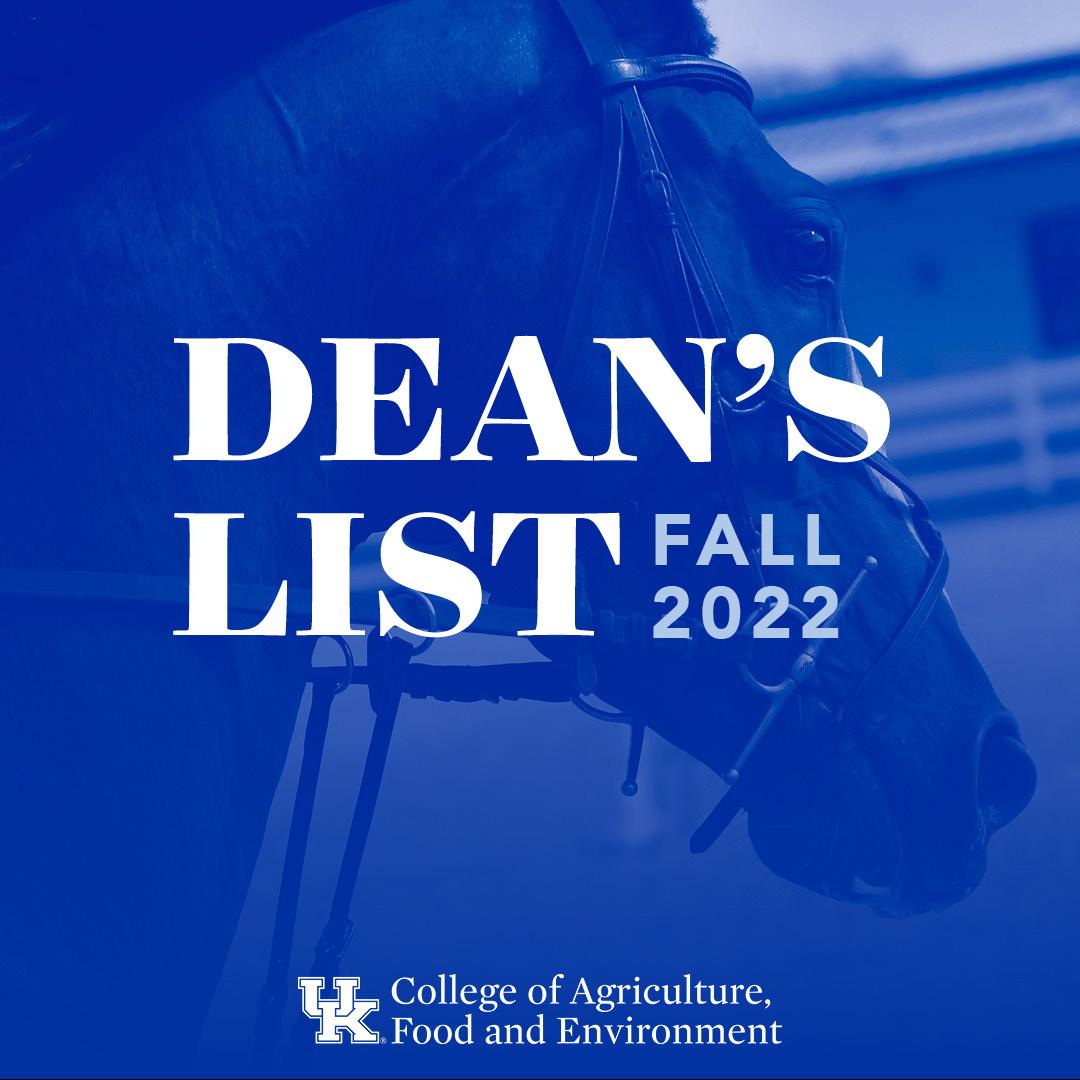
WILDCAT CANTER JANUARY 2023 PAGE 12




WILDCAT CANTER JANUARY 2023 PAGE 13
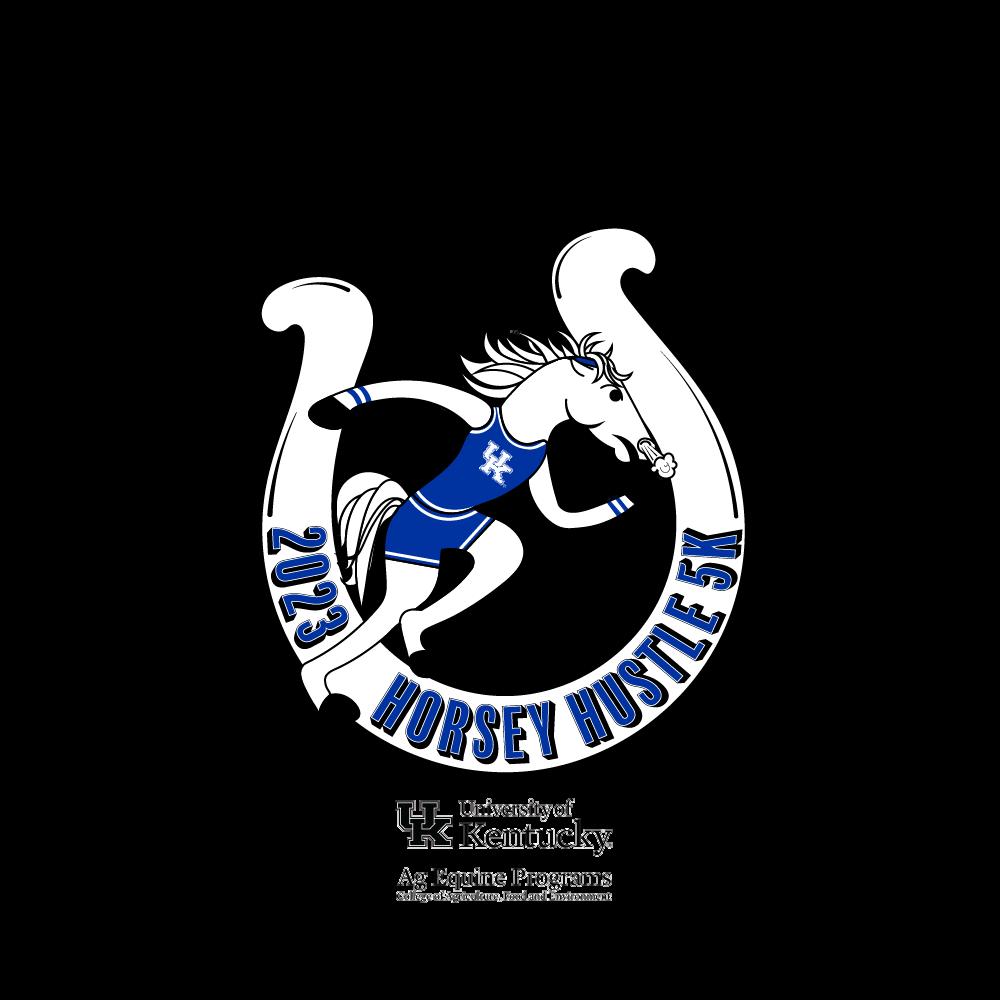
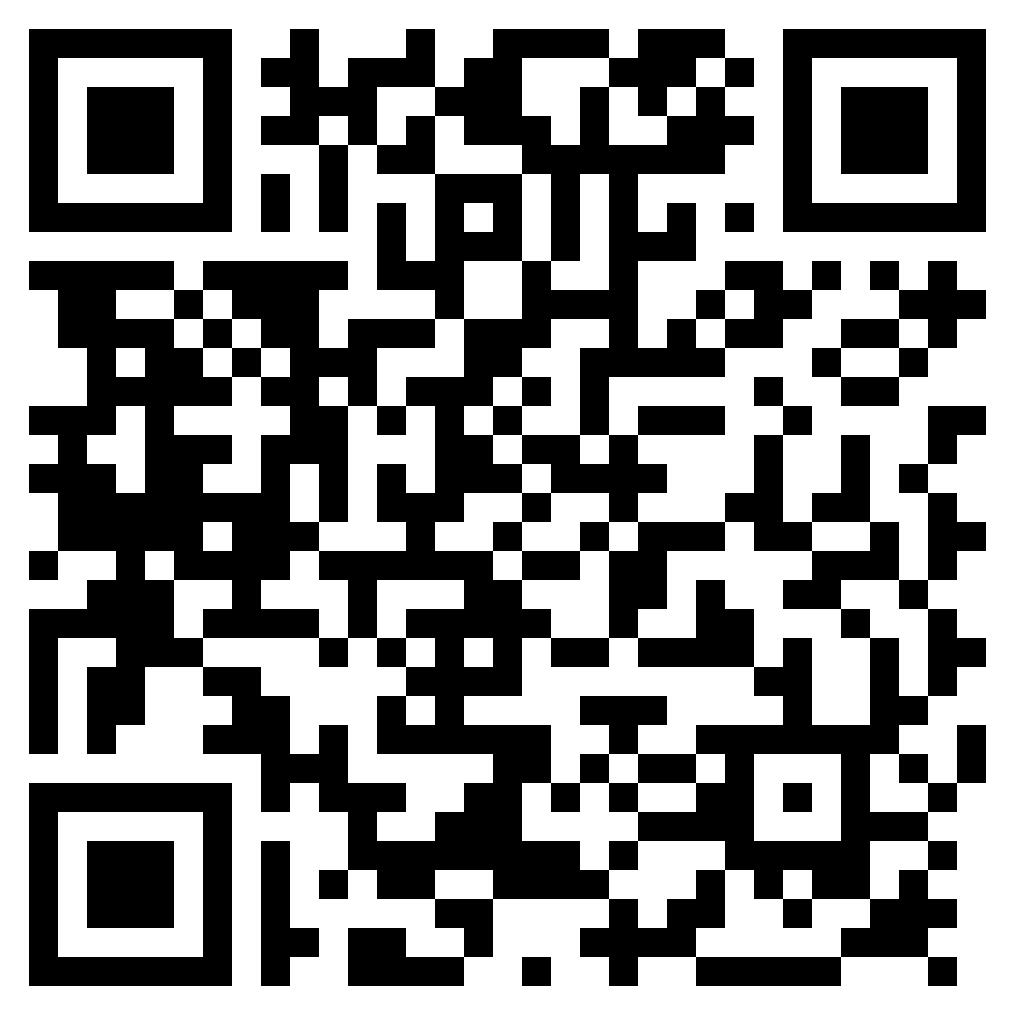

WILDCAT CANTER April 1 Coldsteam Park, Lexington, KY . . . . . . . . . . . . . . . . . . . . Early Bird Pricing Until March 10 Discounted Student and Group rates
USEF
ANNUAL
MEETING
SESSION 1: SOCIAL LICENSE TO OPERATE WITH DAVID O’CONNOR, CAMIE HELESKI, ROLY OWERS
Source: US Equestrian, by Leslie Potter, Jan 18, 2023
USEF Chief of Sport David O’Connor, University of Kentucky Equine Science professor and member of the FEI Equine Ethics and Welfare Commission, Camie Heleski, and Chief Executive of World Horse Welfare, Roly Owers, spoke to the USEF Annual Meeting about equestrian sport and the social license to operate. Here are five takeaways from their presentation.
1. Social license to operate is an unofficial but essential piece of the puzzle.
Owers describes social license to operate as “an unwritten contract between us—the equestrian sector—and the general public to pursue our activity. It’s got nothing to do with the law. The state of a sector’s social license will define its future, whether we can continue to self-regulate or if we move to restrictions and even outright bans.”
As an example of how a social license can change, Heleski points to the recent case of Buffalo Bills player Damar Hamlin suffering a cardiac arrest on the field. It was an alarming incident that reached an audience outside football’s usual fanbase and led to heightened scrutiny of the NFL, shaking the sport’s social license to operate.
“Equestrian sport has this unique aspect in that we’re dealing with an animal, and the horse continues to be one of the most beloved animals on the planet,” said Heleski. “That makes these things extra important.”
2. The non-equestrian public doesn’t differentiate between breeds or disciplines.
“We might think that racing and dressage are light years apart. To most of the general public, it’s all horse sport,” said Heleski, adding that controversies in disciplines outside the USEF or FEI’s jurisdiction still affect the social license of those within it. “To most people, it’s all equestrians competing, and it’s under the same umbrella.”
3. What we do needs to stand up to scrutiny.
The ubiquity of cameras and ease of spreading photos and video has changed the way people who work with animals operate. A trainer or handler can never assume their interactions are hidden, and that’s not a bad thing.
4. The public prioritizes emotion over evidence.
Explaining to a non-equestrian why a particular training method isn’t abusive typically won’t have an effect if it looks bad on the surface. Heleski says the use of whips in Thoroughbred racing is a prime example of this.
“Sometimes my colleagues [on the FEI Commission on Equine Ethics and Well Being] will say, ‘Okay, if we just explain that the whip doesn’t actually hurt horses, the public will be on our side.’ You’re going to have a really, really hard time convincing the public that a whip doesn’t hurt a horse.”
In other words, if it simply looks bad to members of the public, it is detrimental to the industry’s social license to operate.
5. Debates around equestrian sports will happen with or without us.
Read the story and see the presentations here.
WILDCAT CANTER JANUARY 2023 PAGE 15
2023
PERSPECTIVES FROM OUR STUDENTS
Note from editor: An important part of the mission of our program includes undergraduate education, specifically with our Equine Science and Management undergraduate degree program. In a class taught by Camie Heleski, a faculty member and lecturer within the program, is one designed to present provocative, often controversial issues that are current to the equine industry. In EQM 305, “Equine Industry Issues,” students are introduced to topics, heard from speakers, researched information and communicated about industry issues in written and oral formats. The course is designed to expose students to hot button issues in the industry and encourage them to research and formulate well-communicated opinions about those issues. One avenue made available to this course is publishing some of those stories here.
Through the Cracks: An Examination of Thoroughbred Aftercare
By Grace Hamilton
The sport of Thoroughbred horse racing has a long history of inspiring the general public. It is the attachment of people to horses, the excitement of watching them on the track and in rooting for them throughout their careers that can inspire those unfamiliar with horses to become interested in the sport in a more meaningful way. However, when the horses they watched run the Kentucky Derby are in the headlines for going to slaughter, rather than wearing the roses, it leaves a resoundingly sour taste in the mouths of the people who enjoyed the sport months earlier. When people see horses that were once revered on the track end up in those conditions, it critically damages horseracing’s ability to continue to exist in the public eye. For this reason, aftercare initiatives have been taking off across the country to try and preserve horse racing’s “Social License to Operate.”

The concept of Social License to Operate has become increasingly relevant to animal industries with the rise of animal rights movements. Groups like People for the Ethical Treatment of Animals and Horseracing Wrongs have been particularly vocal against the racing industry. These movements are making waves among the public, which is becoming increasingly critical of animal use, particularly in animal entertainment industries. The idea of Social License to Operate describes, “the community’s tacit consent for a business, industry or project to exist and is an extension of the concept of corporate responsibility.” (Hampton, 12) Social License to Operate is not connected to legal licenses in a technical sense, but the loss of this idea of acceptability to the general public is what can lead to entire industries coming to an end. Loss of Social License to Operate has already mostly eradicated greyhound racing in America, as the welfare of the dogs was called into question and legislation soon followed that curtailed what had once been a thriving industry. Horse racing is still thriving on the surface in places like Kentucky, but much like greyhound racing, its Social License to Operate has been threatened increasingly over the last few decades.
One of the most pivotal events that led to this questioning of Social License to Operate was the death of 1986 Kentucky Derby winner Ferdinand in Japan in 2002 (Paulick Report). Ferdinand was an incredibly successful runner on the track, winning the title of Horse of the Year in 1987 following his win in the Breeders’ Cup Classic. He won at the sport’s highest level and shone on the public stage, so for members of the public to find out he met his end in a slaughterhouse was a critical blow to the integrity of the sport. If even a horse as accomplished as
WILDCAT CANTER JANUARY 2023 PAGE 16
PHOTO COURTESY MARK PEARSON PHOTOGRAPHY.
champion Ferdinand ended up with such an egregious end, then how could the sport claim to care about horses at all levels of the sport after their track days are over?
The tragic story of Ferdinand is often brought up in racing conversations today, even though conditions in Japan and the United States around horse slaughter have changed significantly. According to the Unwanted Horse Coalition, in 2007 there were 170,000 unwanted horses in the United States, and it is estimated about 90,000-140,000 horses are sent to slaughter annually (Unwanted Horses).
Though Thoroughbreds are often overrepresented in this kind of data since they are one of the most identifiable breeds with microchipping and lip tattoos, they still represent a significant enough portion of this data that the public is inclined to condemn racing as a result.
The racing industry has taken this information and made strides to change the outcomes for Thoroughbreds after their careers on the track have ended. The Thoroughbred Aftercare Alliance was created in 2012 and has since been accrediting facilities and awarding grants to organizations dedicated to rehoming and retraining off-thetrack Thoroughbreds. The TAA is also heavily supported and championed by members of the industry, including the Breeders’ Cup, The Jockey Club and Keeneland. Currently, the TAA accredits 82 organizations and 180 facilities (TAA). Since 2012, these organizations have rehomed 14,500 Thoroughbreds. Though this number is certainly below the level needed to rehome every retired racehorse not destined for a breeding career, it is still a significant number of horses that continues to grow.
The International Forum for the Aftercare of Racehorses was formalized in 2016 and is focused on pushing this idea of aftercare around the world. This forum essentially allows different racing jurisdictions to collaborate and work together on making the global industry better for the horses after their retirement from racing.
Another big step forward in keeping horses from falling through the cracks is the implementation of the Horse Racing Integrity and Safety Act. The passing of this legislation, amongst many drug and regulatory reforms, requires all horses to be registered with HISA to enter races and train at the racetrack. HISA also requires connections to update the location of these horses when they are moved. This is a major step forward in keeping track of horses throughout their careers and preventing them from ending up in the slaughter pipeline.
Though there have been major strides forward, there is still more that the industry can do to ensure horses end up in the right place after their racing careers end. The easiest solution to rehoming unwanted horses is by simply producing fewer of them. For the past few decades, the Thoroughbred foal crop has been in a steady decline and far fewer Thoroughbred foals are born annually than there were in the past. It is projected that 18,500 Thoroughbreds will be born in 2023, compared to more than 50,000 per year during 1985-87 (Blood-Horse). So, on this front, the industry has already made serious advancements in producing fewer horses, which means fewer unwanted horses entering the pipeline. The continued push to have breeders and former owners accept responsibility for horses that land in a negative situation is still an important focus for the industry. Owners such as Godolphin have been pioneers on this front with the Godolphin Lifetime Care Program. Every horse Godolphin breeds that does not go on to have a successful racetrack career will enter this program and be rehomed to a second career.
These horses are then followed in their second careers, and if they need to be rehomed again, they will be. This standard of care for the horse is vital to preserving the Social License to Operate of the sport at large. Aftercare solutions and the flourishing of horses after racing is over are key to keeping the sport itself alive for decades to come. If people see that the horses are genuinely loved and provided for, regardless of how much money they win on the track, their outlook on the sport will be far more positive. If the sport is truly about the love of the sport, then equine aftercare and a happy retirement should be a no-brainer, both ethically and in the best interests of the sport at large.
Citations
• Bloodhorse. “North American Foal Crop Projected to Continue Decline.” BloodHorse.com,
• BloodHorse, 9 Sept. 2022, https://www.bloodhorse.com/horseracing/articles/262994/north-american-foal-crop-projected-to-continue-decline.
• HAMPTON, JORDAN O., and KATHERINE TEH-WHITE. “Animal Welfare, Social License,and Wildlife Use Industries.” The Journal of Wildlife Management, vol. 83, no. 1, 2019, pp. 12–21. JSTOR, https://www.jstor.org/stable/26609707. Accessed 7 Oct. 2022.
• Paulick, Ray. “Death of a Derby Winner: Slaughterhouse Likely Fate for Ferdinand.”
• BloodHorse.com, BloodHorse, 4 June 2016, https://www.bloodhorse.com/horseracing/articles/180859/death-of-a-derby-winner-slaughterhouse-likely-fatefor-ferdinand.
• Thoroughbred Aftercare Alliance, 6 Oct. 2022, https://www.thoroughbredaftercare.org/.
• “Unwanted Horses and Horse Slaughter FAQ.” American Veterinary Medical Association, https://www.avma.org/about/unwanted-horses-and-horse-slaughter-faq.
WILDCAT CANTER JANUARY 2023 PAGE 17
Can Something as Small as a Helmet Really Save My Life?
By Loralye Page
Although well-loved, horses are dangerous and unpredictable. Unfortunately, not everyone takes the proper precautions to stay safe around them. One of the most important of these precautions is wearing a helmet.
This concept of helmets has only been around for a couple hundred years, and not just in equestrian sports. For some perspective, the first football helmet was introduced in 1869 and hockey helmet in 1928. The first riding” hat,” created by English hat-maker George Dunnage, was worn in 1793 (Griggs Equestrian). It was similar to a top hat, so not at all like what we use today. This wasn’t practical for any type of riding, but was used as a fashion statement in foxhunting, and it is still popular today with high-level dressage riders.
The next style was the bowler hat in 1849, which was made by another English hat-maker, William and Thomas Bowler, of Lock & Co in London. This style was less likely to blow off your head because of its rounded top. The bowler hat was used for many years up until the beginning of the 20th century (Equestrian Blog).
It’s very interesting to think that just a century ago people were riding in hats rather than helmets. It is also important to note that this was mainly for English disciplines. Western was and is still known for the cowboy hat rather than a helmet in most of its events. In fact, it’s still not required to wear a helmet in the Western show ring mostly because of tradition and peer pressure. It’s not easy to be the only one wearing a helmet. Not even rodeos require helmets, although some will have their own rules, especially with children, but across the board it is not required. Some rodeos will even grandfather people in saying if you had ridden with them before they required helmets then you wouldn’t have to wear one even though it was the rule.
Thankfully, most bull and bronc riders have a sense of self-preservation and wear helmets. It is becoming more common for barrel racers to wear helmets, but in the show ring for pleasure and reining, it is going to be a long time before competitors start wearing helmets.
By now you must be thinking, do helmets make that much of a difference if they aren’t required across the board?
Helmets have a huge impact on the severity of head injuries. Just think about it; being up on a horse you are easily 4-6 feet off the ground and moving a great speed, so if you fall and hit your head, you would be lucky to walk away with a concussion and some bruises. In reality, most head injuries without helmets end up with much worse consequences. Take Courtney King-Dye for example. In 2010 King-Dye, a U.S. Olympic dressage rider, fractured her skull while schooling a horse that tripped (Autry). It was a major injury that put her in a coma for a month and required her to relearn how to talk and walk. The injury still affects her, but she is back to riding as a paralympic athlete. Her accident had a major impact on a lot of the dressage world because it was normal not to wear a helmet.
One person she impacted was Silva Martin, a German Grand Prix dressage rider. In Germany she said they never wore helmets but after she learned about King-Dye, she has never been caught riding without one. Because of King-Dye, Martin is still alive today. In 2014, she was riding when her horse tripped, causing her to hit her head on its neck before falling to the ground (Autry). Even with a helmet, she still suffered a seizure and brain bleeding, but she is alive. With that type of injury, the helmet made the different between life and death.
There was a case study done in bull riding about how wearing the Bull Tough helmet affected the head injuries of the bull riders (Brandenburg). It was found that while injuries still happened while wearing helmets, they were mostly facial fractures, concussions and lacerations. Ultimately, helmets are going to protect you even if they can’t prevent all damage, but that risk comes with the nature of the sport. One of the major concerns with head injuries in bull riders is that the more head injuries they get, the more likely they are to develop Chronic Traumatic Encephalopathy (CTE), a degenerative neurological disease commonly seen in football and hockey players (Keene, et al).
The first case was Ty Pozzobon, a Canadian professional bull rider (Klinkenberg). Sadly because of the sus-
WILDCAT CANTER JANUARY 2023 PAGE 18
tained brain damage, he took his own life, but he paved the path for better monitoring of mental health and concussions in bull riders so that signs of CTE can be caught earlier.
However, even after such depressing events, Professional Bull Riders (PBR) still doesn’t require the use of helmets They have to wear padded vests and leather chaps but no helmet. What makes your head less valuable than your heart or lungs? An injury to any major organ can cause instant death.
Thankfully not all disciplines are like bull riding and the rodeo circuit. It has become required in most English competitions to wear helmets, even in dressage. As of 2011, it is now required by the U.S. Equestrian Federation to wear helmets when at national dressage and eventing competitions, but only for people under 18 or competing in levels 4 and below (Practical Horseman). Anyone 18 and older competing in International Equestrian Federation (FEI) levels still doesn’t need a helmet, but if you recall Martin’s accident, even people competing at the highest levels can get hurt. In 2021, FEI changed their rules so that all riders have to wear helmets when mounted no matter level or discipline.
One thing to note is that while helmets are now fully required, with English it is very common and sometimes required to wear your hair up in your helmet. While it looks very clean, it can lead to more problems. Most helmet companies will replace your helmet if you get into an accident, however if you have your hair up in the helmet when injured they might not since you weren’t using their product correctly. So, there are good changes being made in the effort to make the sport safer, but there is still a lot of kinks to be worked out.
I have never had a major head injury from riding. I have also ridden without a helmet many times. Having some experience with Western pleasure, I don’t feel uncomfortable without a helmet, but that’s because it is a very slow sport. However, I should probably wear a helmet. It is a lot easier to wear a helmet in practice because in the show ring the judges like to get a first impression and a clean-cut hat is much more impressionable than a helmet, even though the helmet is a safer option. I think that while it is tradition and for the most part safer than something like eventing, there is still a possibility for injury. Therefore, the Western world should take the direction given by the English world and start requiring helmets, or at the very least Western hat helmets. The only downside to the hat helmets is the price; a basic helmet can be $50 but these run around $250.
So, what is the best option? We have seen many different stories and yet helmets are still widely optional. I think this proves that when you let people choose, you get a good idea of who has a sense of self-preservation and who doesn’t. But even if someone doesn’t have that sense, surely someone around them does and wishes that they would be safer. In the end I think helmets should be required across the broad, especially since requiring them would make them become socially acceptable much faster than if we let it happen on its own.
References
• Autry, Jenni. “Courtney King Dye, Silva Martin Press on after Brain Injuries - Eventing Nation -
• Three-Day Eventing News, Results, Videos, and Commentary.” Eventing Nation, 30 July
• 2014, https://eventingnation.com/courtney-king-dye-silva-martin-press-on-after-braininjuries/.
• Keene, C Dirk et al. “First confirmed case of chronic traumatic encephalopathy in a professional
• bull rider.” Acta neuropathologica vol. 135,2 (2018): 303-305. doi:10.1007/s00401-017-
• 1801-z https://www.ncbi.nlm.nih.gov/pmc/articles/PMC5773642/
• Klinkenberg, Marty. “How Ty Pozzobon’s Suicide Forced Bull Riding to Confront Its Quiet
• Concussion Crisis.” The Globe and Mail, The Globe and Mail, 7 Nov. 2017,
• https://www.theglobeandmail.com/sports/ty-pozzobon-concussion-bullriding/
• article36842612/.
• P;, Brandenburg MA;Archer. “Mechanisms of Head Injury in Bull Riders with and without the
• Bull Tough Helmet--a Case Series.” The Journal of the Oklahoma State Medical
• Association, U.S. National Library of Medicine,
• https://pubmed.ncbi.nlm.nih.gov/16425608/.
• PracticalHorseman. “New Dressage & Eventing Helmet Rules.” Practical Horseman, 22 Feb.
• 2017, https://practicalhorsemanmag.com/news/new-dressage-eventing-helmet-rules/.
• “The Riding Hat: A Brief History.” Equestrian Blog, 13 July 2020,
• https://www.griggsequestrian.co.uk/blog/2020/07/13/the-riding-hat-a-brief-history/.
WILDCAT CANTER JANUARY 2023 PAGE 19
N212 Ag Sciences Building North Lexington, KY 40546-0091 Office: (859) 257-2226 equine@uky.edu www.uky.edu/equine





































